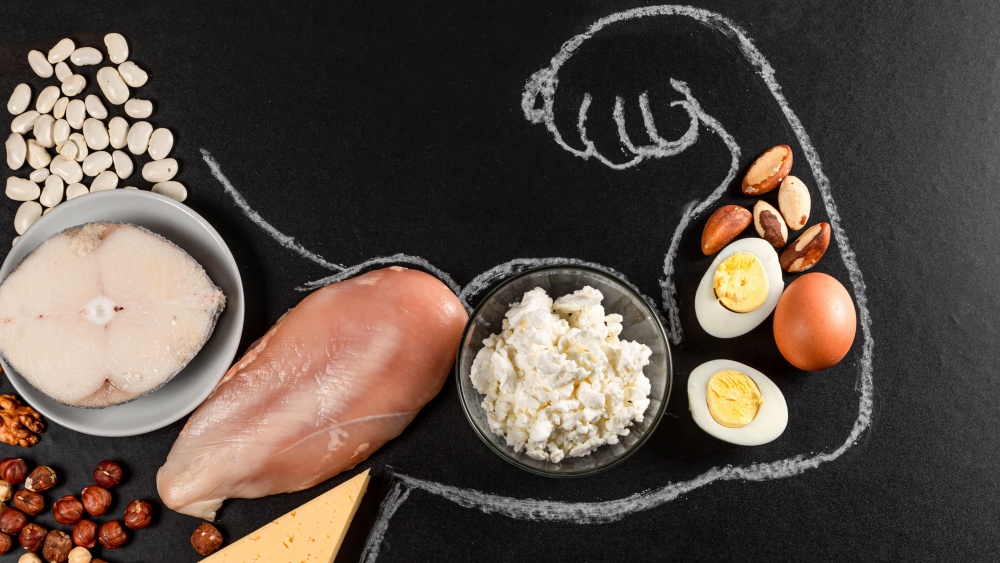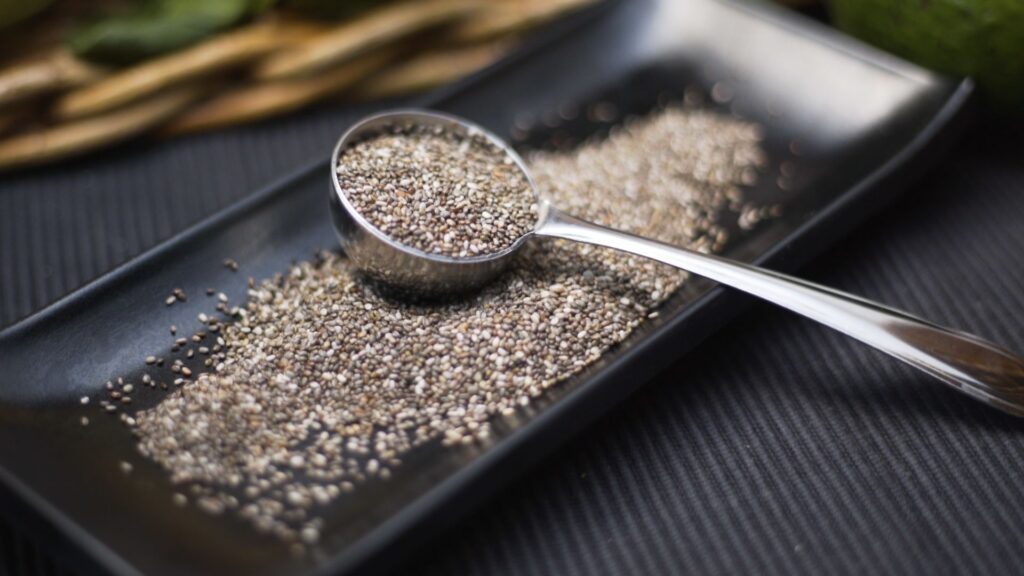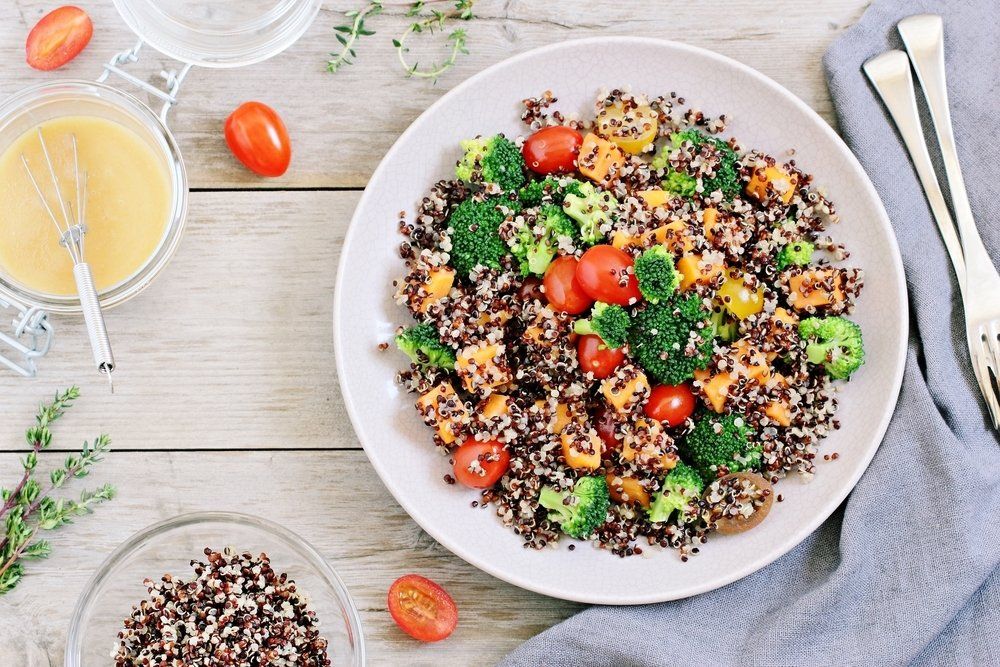Nutrition and healthy lifestyles have been thoroughly studied in the last few decades, so we now have more information than ever regarding keeping our bodies in optimal condition. Science tells us that various chronic illnesses like diabetes, obesity, and heart disease are linked to the things we consume. We now also know that the foods and beverages you consume impact the health of the cells, tissues, and organs that make up your body.
Understanding nutrition gives you the blueprint you need to keep your body healthy and in optimal condition as a martial artist. It’s like how mechanics go to school to learn how to properly fuel and maintain cars.
Essential Things You Should Know About Dieting And Nutrition For Martial Artists
This article will take a detailed look at all the major components of nutrition and explore the essential things required to maintain a healthy diet. We’ll discuss macronutrients, micronutrients, and calories.
Calories

Each nutrient you consume gives you a specific number of calories per gram. These calories are energy sources your body can use immediately or store for later usage. The term “calories” is a way to describe how much energy your body gets from a particular food. For example, if the label of a snack says 400 calories, it’s describing how much energy your body gets from the food after breaking it down.
Calories are the fuel that powers everything you do, from your heartbeat to athletic movements. If you consume more calories than your body needs in a day, the excess is stored as glycogen (how the body stores carbohydrates) or fat. As a result, you’d gain weight. Consume fewer calories than your body needs in a day, and it will be forced to use your glycogen and fat stores, so you’d lose weight.
Keep this simple formula in mind if you’re working on bulking up or losing weight. However, don’t be overly focused on counting calories since the human body is complex, so the amount of energy your body needs each day will vary based on factors like how well your digestive system works, your hormones, and how fast your metabolism works.
A more effective approach is combining dieting with exercise and listening to your body daily.
Macronutrients
The term “macros” or macronutrients refers to the nutrients your body needs in large quantities to function correctly. The three main macros are proteins, carbohydrates, and fat. These macros are broken down in the body and used to build and repair tissues (protein) or converted into substrates that are used for energy. Any excess is stored in the body as fat.
Let’s take a detailed look at the three main macronutrients your body needs:
1) Carbohydrates

Carbs provide a quick source of fuel that gives you about four calories per gram. They are broken down faster than proteins or fat. How many carbs people should aim to consume daily is a controversial topic since some schools of thought recommend keeping carbs to a minimum, while others encourage consuming more. To get a better understanding of how carbohydrates affect your body, let’s take a look at the different types of carbs.
- Sugars: Also known as simple carbohyHere’s Everything You Need to Know About The Pescetarian Dietdrates, sugars are the most efficient carbohydrates for energy production. The digestive system breaks down quickly and injects them into the bloodstream. Sucrose and fructose are common examples of simple sugars.
- Complex Carbohydrates: These types of carbs take longer to break down as they contain more complex sugar chains. As a result, they take longer to digest and enter the bloodstream. Examples of complex carbohydrates include unrefined whole grains like rice and vegetables like spinach.
- Fiber: Fibers are a type of complex carbohydrate that the body can’t digest. These carbs don’t provide any energy value, but they improve digestion by encouraging the growth of healthy bacteria and improving bowel movements. Fiber can be soluble and insoluble. The former dissolves in water and forms a gel that slows down digestion, helping to decrease cholesterol and regulate blood sugar. Insoluble fiber absorbs water in the gut, softening and building up your stool. Examples of insoluble fibers include vegetables, seeds, and beans. Examples of soluble fibers include oats and fresh fruits.
How Your Body Breaks Down Carbohydrates
Carbs are the most efficient fuel source for your body, especially simple carbohydrates, which provide an almost instant source of energy. The breakdown of carbohydrates starts in your mouth as saliva breaks starch down into sugars. However, most of the breakdown takes place in the small intestine.
Carbohydrates entering your bloodstream quickly can lead to spikes in blood sugar and energy crashes when your body returns to normal. Consuming lots of simple carbs can put you on a blood sugar rollercoaster that makes you want to consume more. This addictive effect of sugar is comparable to the addictive effects of hard drugs like cocaine.
Processed carbs in the bloodstream are converted into glucose and used for energy or sent to your liver and muscle tissues to be stored as fat for later use. The stored form of sugar is called glycogen, and it proves energy during fasting periods. Your body first taps its glycogen reserves before going to your fat stores or tissues for energy.
The Glycemic Index
You probably have no idea what glycemic index (GI) means unless you’ve had past problems with your blood sugar or are diabetic. The term refers to how much a particular food raises your blood sugar after consuming it. It gives you a better understanding of foods that raise your blood sugar quickly and leave you wanting more sugar.
As a general rule, foods that are rich in simple carbohydrates tend to have a higher GI, while foods that are rich in complex carbs tend to rank lower on the list. Examples of foods with high glycemic indexes include:
- Sugar
- Syrup
- Fruits
- Honey milk
Examples of foods that score low on the GI scale include:
- Quinoa
- Rice
- Oats
- Corn
- Nuts
- Legumes
2) Protein

Like carbs, proteins also contain four calories per gram, making them less energy dense than fat. Animal flesh and other products are typically the richest sources of protein. Proteins are made from smaller units called amino acids. There are 21 amino acids used for protein synthesis in humans, with nine of these amino acids labeled as essential. Foods classified as complete proteins contain all of these nine essential amino acids. Your body isn’t capable of making any amino acids on its own.
Getting enough amino acids in your diet is vital for your body to function correctly. Some of the other roles of amino acids besides protein processing include:
- Used to build muscle tissues
- Supports immune function
- Used to synthesize hormones
- Used to repair damaged tissues
- Regulates metabolic pathways
- Supports reproductive function
- Used during DNA synthesis
- Acts as an energy substrate when needed
How Your Body Breaks Down Protein
Protein breakdown starts in the stomach as an enzyme called pepsin and hydrochloric acid tear apart the bonds that hold the amino acids that form the protein together. This process continues in the small intestine until the amino acids are broken into smaller molecules called dipeptides or completely free of any bonds.
Examples of complete proteins (foods that contain all nine essential amino acids) include:
- Meat
- Eggs
- Fish
- Dairy products
Examples of incomplete proteins include:
- Nuts
- Seeds
- Beans
- Rice
Incomplete proteins can be combined with other incomplete proteins to give you all nine essential amino acids. For example, rice and beans can be combined to give your all the essential amino acids. Rice, on its own, contains all the essential amino acids besides lysine. Beans are rich in lysine but missing an essential amino acid that rice has. Combine these two to get a complete protein.
3) Fat

Fat is the most energy-rich macronutrient, giving you nine calories per gram. The are different types of fat that have different effects on your body. However, all fat molecules have a similar structure consisting of a glycerol backbone and three fatty acid chains attached to it. The glycerol backbone is the same in the different types of fat, but the fatty acid chains vary.
The different types of fat include:
- Saturated Fat: This form of fat has a linear structure, and it’s saturated with hydrogen atoms that hold it in place. It is a vital nutrient that serves several essential functions like supporting the immune system, reinforcing structures of your cell membranes, aiding calcium absorption, and managing gene expression.
- Polyunsaturated Fat: This type of fat is missing a hydrogen atm on its fatty acid chain, leading to a more fluid type of fat. Examples of polyunsaturated fat include omega-3s and 6s, which serve essential functions like improving brain function, reducing inflammation, enhancing immune function, and supporting heart health.
- Monosaturated Fat: Monosaturated fat has a smaller structure than polyunsaturated fats, and there’s only one point of saturation on their amino acid chains. Monosaturated fats provide benefits like reducing inflammation, improving insulin sensitivity, and lowering cholesterol levels.
- Trans Fat: Most trans fats are man-man since its rare in nature except in the gut of some animals. It is the one type of fat you should avoid as it has no place in the human diet. It mostly comes from the industrial processing of vegetable oils using hydrogen. It creates a more solid type of fat your body can’t efficiently process. Some of the health issues linked to trans fat include heart disease, type 2 diabetes, stroke, high cholesterol, and obesity.
How Your Body Breaks Down Fat
Most of the fats you consume are broken down in the small intestine with the help of bile and enzymes. It is absorbed in the intestine and packed into chylomicrons. The chylomicrons carry fat via your lymphatic system before distributing it into your tissues and blood for cellular repair, energy, or storage as fat.
Fat takes more time to digest than protein and carbohydrates and doesn’t significantly impact your insulin levels. Fat-rich foods keep you feeling full for longer periods.
Examples of foods rich in saturated fat include:
- Lard
- Butter
- Coconut oil
- Fatty meat
- Salmon
- Sardines
Some of the foods rich in polyunsaturated fats include:
- Walnuts
- Corn oil
- Fish
- Sunflower oil
Examples of foods rich in monosaturated fats include:
- Olive oil
- Cashews
- Hazelnuts
- Avocados
Trans fat should be avoided as much as possible, and it’s often found in low-quality processed foods. Some of the more common sources of trans fat include:
- Fried foods
- Baked goods
- Margarine
- Shortening
- Non-dairy creamer
4) Water

Water isn’t a nutrient since it contains zero calories, but many call it the fourth macro since it’s essential for proper body function. Some of the crucial roles of water include:
- Keeping tissues in your mouth, nose, and eyes moist
- Regulating your body temperature
- Carry nutrients and oxygen to cells
- Flushing out waste products
- Dissolving nutrients
- Keeping joints lubricated
How much water you need daily varies based on factors like your activity level, weight, and height. Generally, men should aim to consume about 3.7 liters of water per day, while women should consume around 2.7 liters.
Micronutrients
These are the nutrients your body needs in small quantities to carry out essential functions. The two main types of micros are minerals and vitamins. All micronutrients are essential (you can only get them from the things you consume) besides vitamin K2 and D, which the body can produce.
Vitamins
Vitamins are broken down into two groups: fat-soluble and water-soluble. Water-soluble vitamins dissolve in water and are easily absorbed by the body and sent to tissues that need them. These vitamins aren’t stored in the body. Fat-soluble vitamins only dissolve in fat, so they need to be consumed with fat to be absorbed. These vitamins are sent to tissues that need them or stored in fatty tissues for later use. As a result, these vitamins can build up to potentially toxic levels when overconsumed.
Vitamins that fall under both groups play various roles in maintaining vital body functions like your immune system, cognitive function, and growth.
Minerals
Minerals can be broken down into two main groups macro-minerals you need in large quantities, and trace minerals you only need in tiny quantities.
Some of the macro minerals you need to keep your body working at its best include:
- Potassium
- Magnesium
- Calcium
- Chloride
- Sodium
Some of the trace minerals your body needs in small amounts include:
- Iron
- Fluoride
- Iodine
- Zinc
- Selenium
- Manganese
You may also like:
Intermittent Fasting: A Complete Guide & Why You Should Try It

















